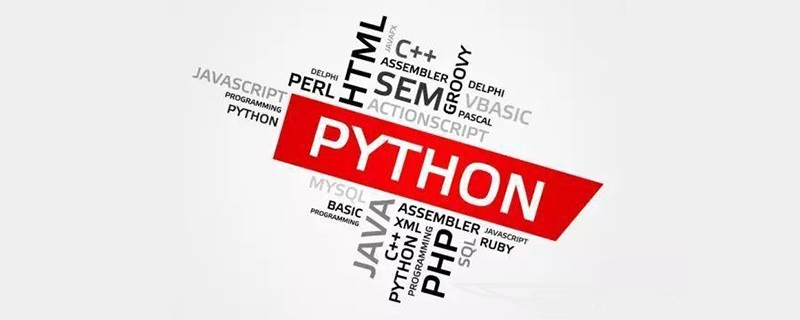Home > Article > Backend Development > What is Python?

What is Python?
Python is a cross-platform computer programming language. It is a high-level scripting language that combines interpretation, compilation, interactivity and object-oriented. It was originally designed for writing automation. Scripts, as versions are constantly updated and new language features are added, are increasingly used for the development of independent, large-scale projects.
Python Standard Library
Python has a powerful standard library. The core of the Python language only contains common types and functions such as numbers, strings, lists, dictionaries, and files, while the Python standard library provides additional functions such as system management, network communication, text processing, database interfaces, graphics systems, and XML processing. . The Python standard library naming interface is clear and well-documented, making it easy to learn and use.
The Python community provides a large number of third-party modules, which are used in a similar way to the standard library. Their functions are all-encompassing, covering many fields such as scientific computing, Web development, database interfaces, and graphics systems, and most of them are mature and stable. Third-party modules can be written in Python or C language. SWIG and SIP are often used to convert program libraries written in C language into Python modules. Boost C Libraries include a set of libraries, Boost.Python, that enable programs written in Python or C to call each other. With a large number of tools based on the standard library, the ability to use low-level languages such as C and C as an interface to other libraries, Python has become a powerful glue language between other languages and tools.
The main functions of the Python standard library are:
Text processing, including text formatting, regular expression matching, text difference calculation and merging, Unicode support, binary data processing and other functions
File processing, including file operations, creating temporary files, file compression and archiving, operating configuration files, etc.
Operating system functions, including thread and process support, IO multiplexing, date and time processing, and calling System functions, logging and other functions
Network communication, including network sockets, SSL encrypted communication, asynchronous network communication and other functions
Network protocol, supports HTTP, FTP, SMTP, POP, IMAP, NNTP, XMLRPC and other network protocols, and provides a framework for writing network servers
W3C format support, including HTML, SGML, XML processing
Other functions, including international Chemical support, mathematical operations, HASH, Tkinter, etc.
Recommended tutorial: "PHP"
The above is the detailed content of What is Python?. For more information, please follow other related articles on the PHP Chinese website!